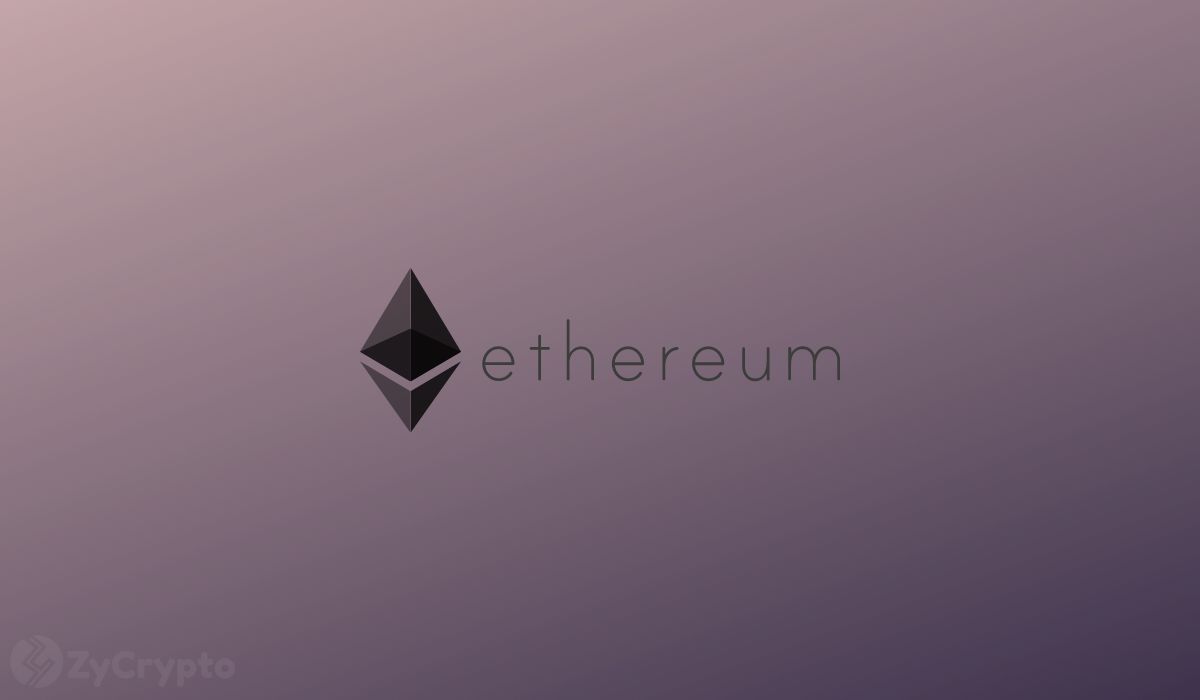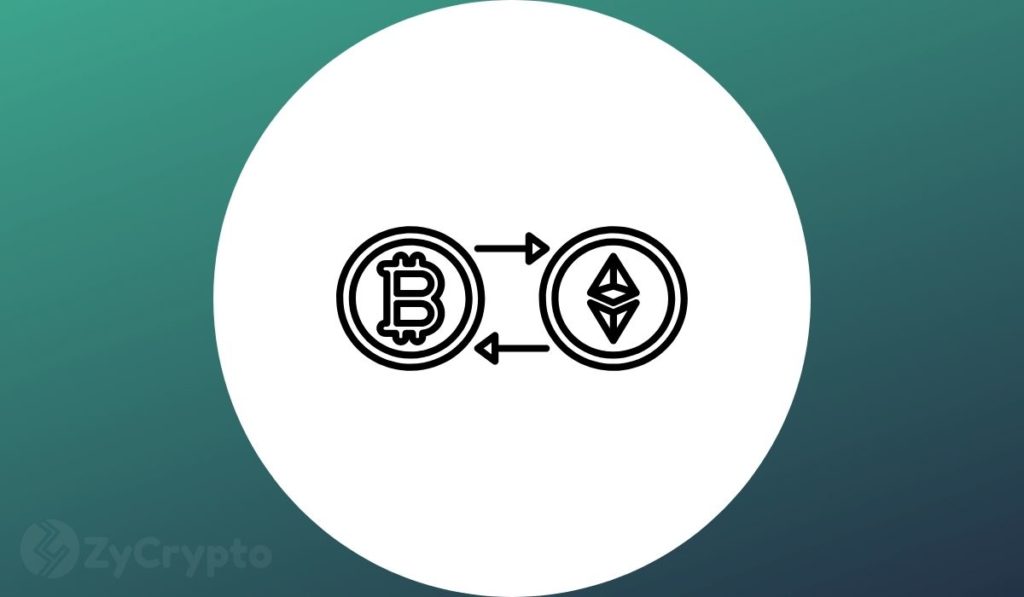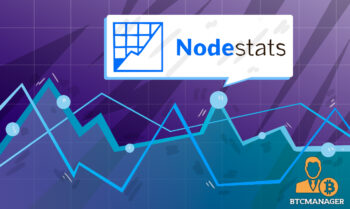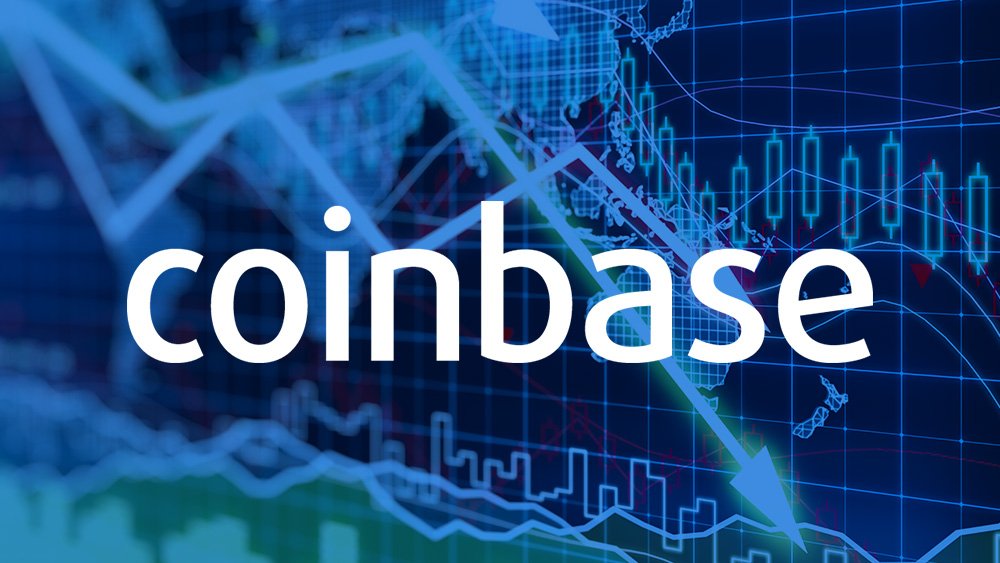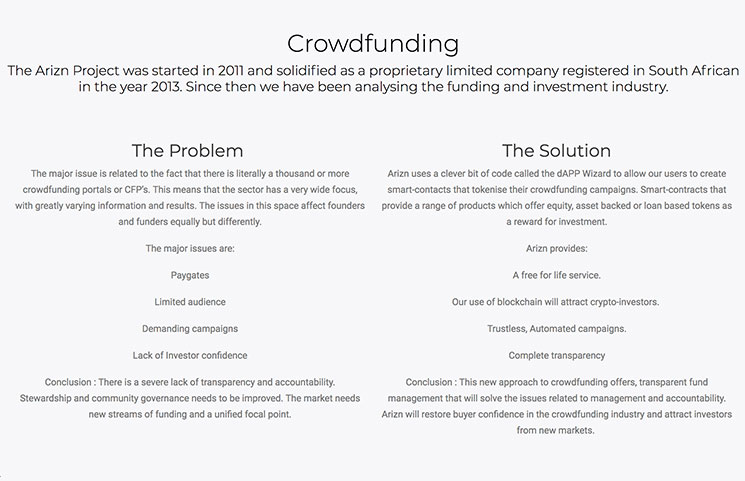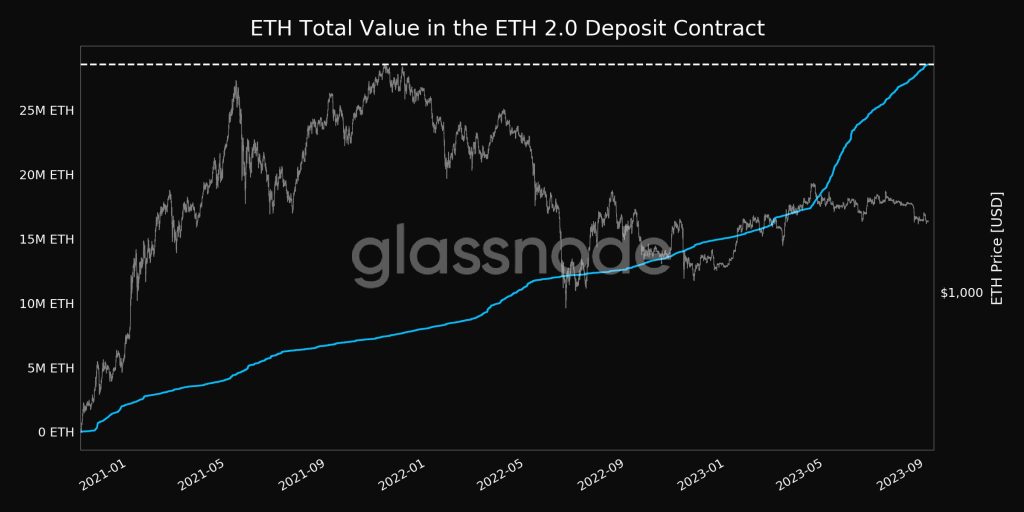2020-6-26 23:41 |
No sooner had the crypto world started to settle down after the third Bitcoin halving event, when another wave of hype started to build around Ethereum 2.0, which was initially projected to be released this July. Ethereum 2.0 is the next level of the Ethereum platform which will be achieved by introducing sharding, proof-of-stake and a new virtual machine. Despite some doubts regarding the prospective date, in a February AMA ETH 2.0 researcher Justin Drake expressed his 95% confidence that phase 0 of the project will be finally launched in summer 2020. As it stands now, no one knows if Ethereum will hit the target date, as, according to testnet coordinator Afri Schoedon, the full spec hasn’t been implemented in any client so far.
Ethereum’s shift from its current proof-of-work (PoW) consensus to a proof-of-stake (PoS) algorithm has been the talk of the town over the past few weeks. It’s obvious that many average users and big investors enamored by the team’s strong commitment to better security, further decentralization, and lower reliance on miners are highly anticipating the rollout of ETH 2.0. But with all the buzz going around, it’s getting harder to sort out the wheat from the chaff and understand whether the positive public sentiment towards the future of Ethereum is fact-driven or hollow. So, let’s figure it out.
Ethereum regaining lost groundIn early 2018, when Ether holders saw it hit its record price of around $1400, the number of ETH addresses was slightly over 10 million. Today, according to data from Glassnode, there are currently 40 million active ETH addresses, with more than 15 million joining the party after Ethereum 2.0 was announced in late May 2019, which represents a good 60% growth. The overall usage of the world’s second most popular cryptocurrency has also experienced a significant increase since the beginning of 2020 and, as of mid-May, the amount of ETH daily transactions has almost doubled from 450,000 to roughly 900,000.
Source: Etherscan.io
The same upward trend can also be seen within the Ethereum network powered by the Gas token, which enables transfers of payments or smart contract information. The total consumption of Gas has recently surpassed 61 million units, hitting its all-time high and moving up by around 60% compared to what it registered in January. This is a great sign for Ethereum 2.0 developers, as the more people utilizing Gas to make the whole network operate, the more smooth the update from PoW to PoS will be.
With that said, the release of ETH 2.0 is expected to create a real demand for the in-house cryptocurrencies, Ether and Gas. While the latter will serve as a fuel for decentralized computers, the higher speed of ETH transactions and much lower fees will become more appealing for both producers and consumers, as well as for both retail and institutional investors.
The influx of larger players feeling bullish about Ether has been dramatic, since it was revealed that currently over $276.5 million are under the management of the Grayscale Ethereum Trust, whereas that figure was only $11.7 million at the same period in 2019.
Authentic hype or marketing?But are big investors really prepping for Ethereum 2.0? Some media outlets have also tied the surge in ETH volumes to growing institutional interest. At first sight, it seems to be a logical conclusion, however, figures are stubborn things.
Source: Coin360
As you can see ETH daily volume hit its maximum of over $10 billion after the March crypto market breakdown on April 30. This was a remarkable performance considering its previous level of $2.92 billion in early January and the subsequent global financial turbulence. Nevertheless, if we take this value and divide it by the number of transactions that were registered on the eve of Labour Day – approximately 840,000 – we discover that the average volume of one transaction is only around $12,000. Moving further, this figure decreases to below $10,000, where it remains today. Doesn’t actually look like intense institutional involvement, does it?
There is another explanation and it’s probably much more authentic. With Ethereum 2.0, users will have the chance to become staking agents and earn rewards over time by transferring 32 ETH to a contract. At the time of writing, 32 ETH is worth $7,776, which is almost equal to the current average Ether transaction. With that in mind, this rising demand seems indicative of average users and retail investors feeling curious about how this is going to work out and flocking to ETH markets available on the most liquid exchanges with proven security, such as HitBTC and Huobi, in order to come out winning after the much-awaited release.
The aforementioned boom in user activity inevitably led to an ETH price surge. It’s noteworthy that since Ether was worth $1400, its price has declined by 85%. At present, ETH is trading at around $243, having recovered from the repercussions of “Black Thursday” when the price fell to just $111. Nonetheless, it is still not even close to its all-time high.
But this explanation for the uptick in Ethereum activity has been largely ignored in favor of the institutional investor’s narrative.
Why? Whether it is being consciously manufactured or not, the narrative that has institutional investors flocking to DeFi, and specifically Ethereum, is more beneficial to the Ethereum ecosystem. Big names getting involved with Ethereum is more likely to lead to another bull run than average users making investments in a project they believe in.
Artificially inflated excitement?In the crypto space, there are few better at making waves that cross over into traditional finance than the Winklevoss twins, long-known in the community for their crypto investing experience and for holding the biggest Bitcoin fortune in the world.
In a recent interview for The Defiant, Tyler and Cameron admitted to making concerted efforts to accumulate a huge stake of Ether, which is now rumored to be “in the same galaxy” as their BTC holdings: “We’re big fans of Ether. We have a material amount.”
It comes as no surprise that the brothers have been investing in ETH, but until this May they never really spoke about the quantity of their investment. Notwithstanding the fact that the real figure remains undisclosed, Cameron has hinted at its size, saying that a few years ago they received a large amount of Ether in profit, meaning that they have been investing heavily for a while now.
So it is more likely than not that the Winklevoss twins number among the ETH whales as well, and their public bullishness has played no small part in the public’s enthusiasm for Ethereum 2.0. But why did they decide to break their silence on the issue now? Coincidence or not, the interview was published on May 21, when the price of Ether dropped below $200 for the third time in two weeks, and, following its publication, the price did an about-face and began climbing again. The Winklevoss’ enthusiasm was disseminated by a number of leading crypto media outlets where retail traders, eager to make profits, found their next big market event. The effect on institutional investors was remarkable, too, and Ether derivatives are becoming more popular than ever before.
Killing two birds with one stone indeed. This is how it works and above all, nobody can blame Tyler and Cameron Winklevoss for their sincere belief in the Ethereum network’s significance for the development of decentralized finance.
“Sell the news” opportunityThe hype around the Ethereum 2.0 launch can also be seen as a consequence of the “buy the rumor, sell the news” maxim when traders act in anticipation of any big announcement that can potentially cause a shift in the market. “If we get the rally on Ethereum I am expecting,” tweeted popular crypto trader Ethereum Jack, who used to go by the “Bitcoin Jack” moniker, “then July seems like the perfect sell the news moment with the ETH 2.0 launch.” ETH whales, if they employ this trading strategy, will be able to take advantage of the situation, while the community is speculating on the release date and the media are adding fuel to the fire.
But in reality, the event itself is not as important as we imagine, because, at least initially, Ethereum 2.0 will mostly serve as a testnet for the updated PoS consensus system. So, it’s not completely clear whether institutions are investing in the future of the crypto-financial network or are just trying to grab as big a piece of the hype pie as they possibly can. We can only wait and watch how things unfold.
The post Ethereum 2.0: Is the Interest Real or Hype About Nothing? appeared first on CoinCentral.
origin »Ethereum (ETH) на Currencies.ru
|
|
